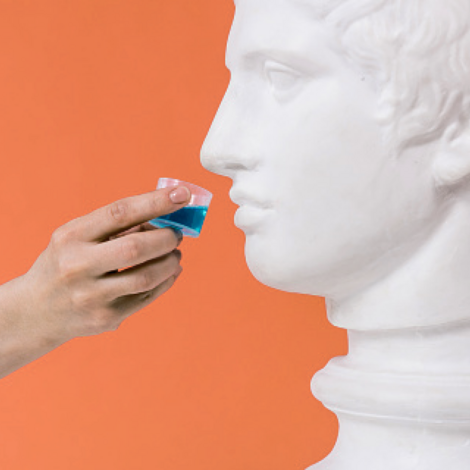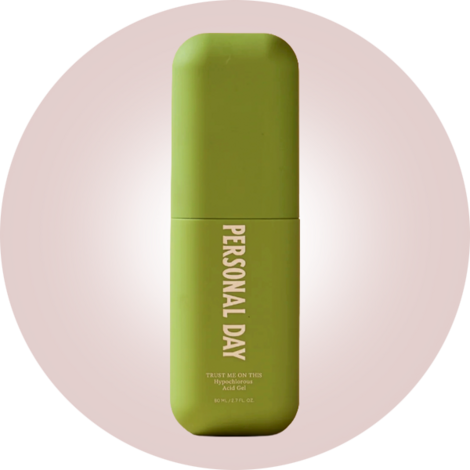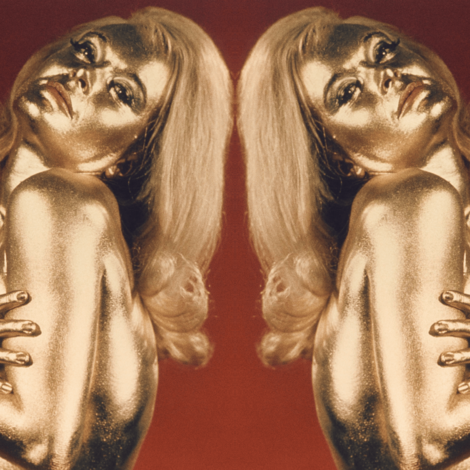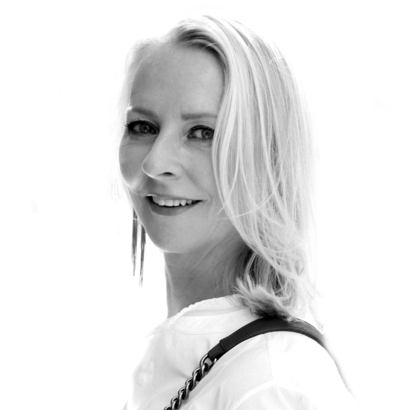Where were you when “heroin chic” reached peak madness? Were you watching NBC News when our nation’s president announced to a roomful of mayors, who were not his intended audience, “You do not need to glamorize addiction to sell clothes.” He wasn’t wrong.
I know where I was. Looking through a loupe at film of Kate Moss sitting on a dirty mattress in a dingy London flat. She was wearing a gossamer nothing of a slip dress. Her posture was hunched, her feet bare, and her hair stringy—all by design.
I saw nothing especially wrong with these photographs at the time, which was 1997. I didn’t like the look, personally—and, maybe stupidly, I didn’t make the connection between it and drug use—but it was in keeping with the mood, and my job as an editor was not to impose my personal taste on the population.
Those images were definitely sad and sorry. They weren’t a statement of aspiration—which was what magazines like the one I edited were supposed to be about at the time. They were a reaction against it. Anti-aspiration.
Pendulum swings can be almost audible. Whoosh, whoosh, whoosh. That’s how we landed on the stripped-down grunge look of the mid-to-late-90s.
Listen! Can you hear that sound? Whoosh, whoosh, whoosh.
All kinds of signs indicate that we’re entering a new moment again, for different reasons but from similar impulses. This time, the move seems to come from a drive to diminish the power of conventional beauty and to replace it with something deliberately un-pretty. It’s also a reaction—hey there, Isaac Newton—this time against the cookie-cutter looks that seem inescapable, those plumped-up, filtered faces and bodies that populate social media.
Up until recently, Instagram and TikTok would lead you to believe that everyone can and should have the same Kardashian face, the same Kardashian hair, and the same Kardashian body. All it takes is the right dermatologist, surgeon, makeup artist, Facetune skills, and a great big pot of gold. In this world, everyone resembles a ripe peach, if a peach had no fuzz and was slightly shiny, with fluffy eyebrows and waist-length hair—and a bubble butt in the shape of a perfectly ripe peach. All the edges of individuality seem to have been sanded down and replaced by anime characters.
My job as an editor was not to impose my personal taste on the population.
Evanie Frausto, a hairstylist who works on fashion shows, ad campaigns, and editorial photo shoots, sees the shift as it’s happening. He told me, “When I’m on a shoot lately, sometimes the people orchestrating it—the photographer, the stylist, and the creative director—will say [about the hair], ‘It’s a little glam.’ ‘It’s a little too pretty.’ And I guess they mean that as a criticism.” That’s when Frausto steps in and messes things up. “They want this deconstructed, grungy, cool thing. It feels effortless and not trying to be perfect, which emulates a cool vibe. Embracing the imperfection. It’s broken down.” What Frausto is describing is almost punk.
“People don’t know what beauty is anymore,” says Garren, a hairstylist who has created countless looks for magazines, advertisements, and music videos over the past 50 years. “Their eye has been so tainted by Instagram, TikTok, and the filters. Now, they want to make a statement.”
It’s as if everyone burned their Drybar blow-dry menus (Cosmo! Mai Tai! Just $59!) and decided they’d rather not look like an indistinguishable Bachelorette: is that Kayla, Keylah, or Layla? Or a Trump-family member. If pretty is long, center-parted hair with barrel curls, plus lip plumper and a body-con dress, then no, thank you.
On TikTok, there are so many videos of people getting injections to fatten their lips, lift their noses, smooth their foreheads, and pop their cheekbones that all the effort and the results have become banal. If you’re afraid of needles, don’t worry: there are filters that “yassify” the face, adding Bambi lashes, contour, and highlighter. The radical act is not to do it at all. The other radical act is to dissolve all the filler, remove the implants, and deflate the hair. And if you’re really radical, you let your eyebrows go bushy, your lipstick blurry, and your hair wild. As Frausto says, “I like the idea of pushing the boundaries of what people consider to be pretty or beautiful.”
That could have been the ethos for the grunge era. Bill Clinton was right. Heroin chic, as he said, was “not beautiful; it’s ugly.” And that may have been, at least partially, the point. In the 10 or so years preceding that era, fashion and beauty looks were larger than life and dripping with ostentation. The 80s aesthetic was too much big hair, too many gold chains (a friend once eyed my necklace and said, “If you’re good, we’ll let you out of that”), too many shoulder pads, too much leopard print, and enough gold buttons to pave the yellow brick road all the way to the nearest Versace boutique. The models wore the prefix “super” and stomped around in sky-high Manolo Blahniks as if they were wearing combat boots. The word “glamazon” re-entered the lexicon.
Today’s version of that extreme, exaggerated beauty is the big-eyed, narrow-nosed, puffy-lipped face of social media. It’s a face that says money. It’s so glossy and smooth that it slips between your fingers and slides out of your mind, never lodging in your consciousness.
During a chapter of my life when I worked with advertising agencies, we’d spend a lot of time trying to find models for shoots. Our brief went out to casting agents asking for a particular sort of imperfection: freckles, pink hair, visible roots, gapped teeth, a charming lopsidedness. It was specific, and that wasn’t great. But it was a start.
We’re heading in the direction of deliberate un-prettiness, of styles that defy codification to the point, sometimes, of causing discomfort. Garren admits to being baffled by this burgeoning trend: “I get it, but I don’t like what I’m seeing.”
Beauty isn’t singular, and the more everyone tries to define it, the more it dissolves into meaninglessness. It’s time for some rough edges—a screech and a howl. It might not be pretty, but it certainly isn’t boring.
Linda Wells is the Editor of Air Mail Look





